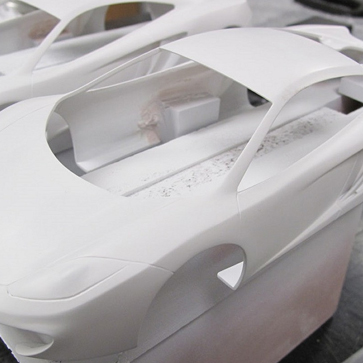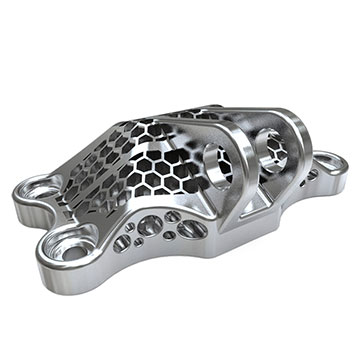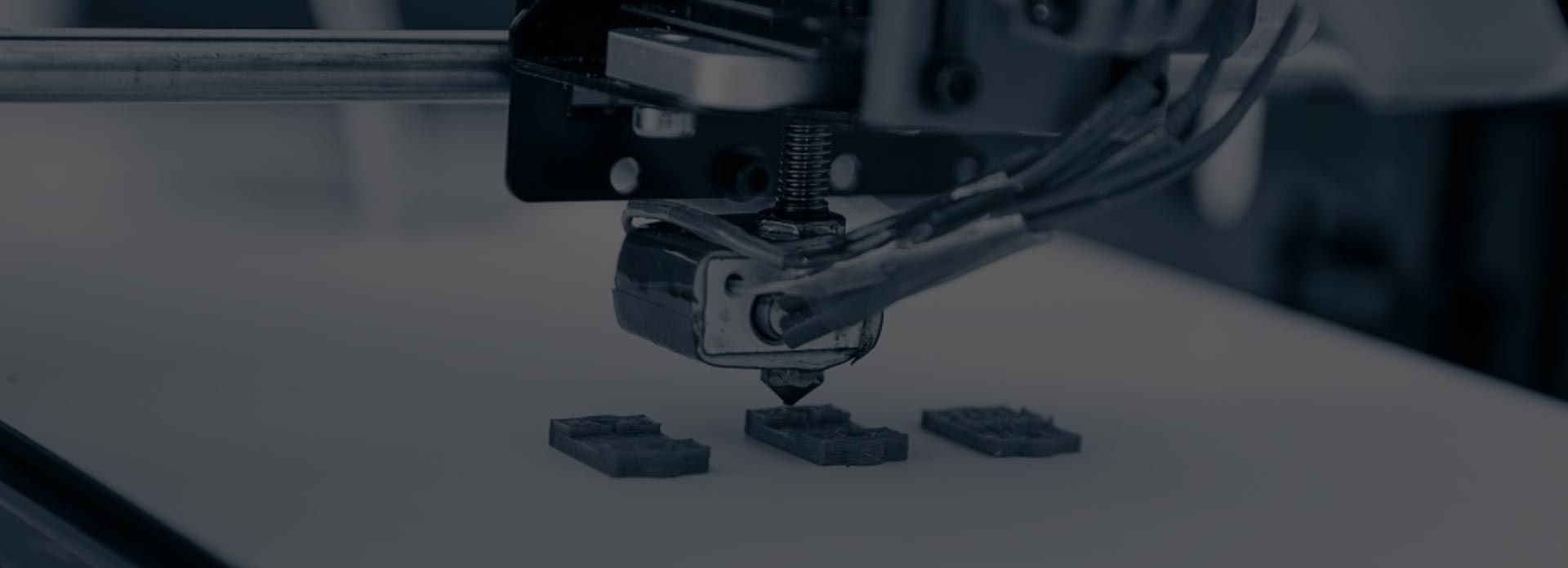

Rapid prototypes is a fast, cost-effective way of creating prototypes for new products. Instead of creating a product and then testing it in order to improve it, rapid prototyping services China allows you to test the product throughout the rapid prototyping manufacturing process. This reduces the risk of major errors or flaws occurring later in development. It's common for rapid prototype manufacturer to use different types of Rapid Prototyping methods to create their prototypes depending on what they're trying to accomplish with each project. Rapid prototyping manufacturing is a group of technologies that create a physical object from a computer-aided design (CAD) model. The key idea behind rapid prototypes is to build up layers of material by computer control instead of manual labor or traditional manufacturing techniques. This allows for parts to be created more quickly than other methods because both time and money are saved from not having a human operator manually creating each part individually by hand.
There is a lot of confusion surrounding the difference between 3D printing and rapid prototyping. While both terms are used interchangeably with one another, they are different processes.
3 D printing service is a subset of rapid prototypes which uses layers to build an object. The process is slower than rapid prototyping and can take hours or even days to create something. With this type of printing, there are no limitations on the amount of time needed for 3 d rapid prototype suppliers to produce your part because it all depends on how many layers will be needed in order for your part to be produced properly.
Some common materials that are used in 3 D printing service include ABS rapid prototyping, polypropylene, rubber and glass filled nylon. Rapid prototyping is the process of creating a prototype using different methods, such as: Stereolithography (SLA rapid prototyping services China) , Selective laser sintering (SLS rapid prototyping process), Liquid resin infusion, which uses heat and pressure to fuse the powdered material into a solid piece.
3D printing rapid prototyping process is a tool used to create 3D models and prototypes quickly, easily and at low cost of prototyping a product. It's been around since the 1980s but has seen exponential growth since then due to advancements in technology; it's now one of the most commonly used manufacturing techniques around the world.
Rapid prototypes is mainly used for modeling parts that are difficult or expensive to make using traditional methods like CNC machining or mold injection molding (MIM). Because rapid prototypes creates a physical model rather than an image on screen, you can hold your part in your hand before it’s even made so you know exactly how it will look when finished. This makes rapid prototyping ideal for creating new products or testing out ideas before committing time or money into full production runs - which also helps China rapid prototyping factories reduce waste when designing various iterations until you get it right.
Rapid Prototyping Technology Application includes the following:
Stereolithography (SLA rapid prototyping process) – The SLA printer uses lasers to trace the cross section of a model in layers. A vat of liquid resin hardens around each layer as it is traced. The process continues until an entire object is completed.
Fused Deposition Modeling (FDM rapid prototyping services China) – Material extruded through a heated nozzle melts polymers or other materials which are deposited onto a platform in successive layers and then fused together by a laser beam or electron beam from below. This FDM rapid prototyping process can be repeated until an entire object is complete.
Traditional prototypes were expensive because they took long to produce and involved a lot of heavy duty equipment. The more complex the product, the more time it would take to make a prototype. This meant that companies had to allocate large sums of money for prototyping purposes and would have little left in their budget for actual production.
Rapid prototype services has changed that with more efficient and cost effective methods of creating models, like the plastic prototype manufacturing and rapid metal prototyping. Rapid prototyping uses 3d rapid prototyping services China to build fine details into the model that would otherwise be im possible with machining alone (like internal structures) or require multiple processes (like welding). This allows engineers to test their designs quickly and cheaply before moving forward with full production runs—and it can save rapid prototyping manufacturers millions in development costs. It's also easier to get a good quality model because rapid prototyping manufacturing machines can produce multiple layers of the same material at once. The rapid prototyping materials used are more accurate than those used in traditional modeling processes, so they're better for testing whether a new design will work or not before it goes into production. Rapid prototyping is faster than traditional modeling processes because it uses computers to do all of the calculations required for manufacturing the part, which means there's no need for human intervention.


Send the 3D file and surface finishing request to email

Production will commence upon receipt of order confirmation and down payment records, The lead time is 7 working days, But it depends on the parts size, quantity and material options

The finished product will be delivered to the Customer address at the scheduled time,including overseas service.
Rapid prototyping technology is integrated and developed on the basis of modern CAD/CAM technology, laser technology, computer numerical control technology, precision servo drive technology and new material technology. Different kinds of rapid prototyping systems have different forming principles and system characteristics due to different forming materials. But the basic principle is the same, which is "layering, layer by layer."
SLA (laser rapid prototyping), Material: photosensitive resin;
FDM (melting accumulation molding), Materials: ABS, PC; and so on.
OBJET (high precision rapid prototyping), and SLA forming principle is similar, material: photosensitive resin.
Vacuum Casting/ silicone mold, using silica gel material to make simple mold, small batch production.
Low pressure perfusion( RIM) suitable for the structure of large pieces of production.
Disadvantages of rapid prototyping service
Lack of accuracy.
Added initial costs.
Some types of rapid prototyping processes are still expensive and not economical.
Rapid prototyping material properties like surface finish and strength cannot be matched.
Rapid prototyping techniques requires skilled labour.
The range of materials used in rapid prototyping is limited.
Rapid prototype services elevates initial ideas to low-risk concept explorations that look like real products in no time. Rapid prototyping production allows designers to go beyond virtual visualization, making it easier to understand the look and feel of the design, and compare concepts side by side.
Rapid prototyping methods are modern methods of rapid prototyping supplier for product development that allows engineers to compress design timelines by iterating faster to reach a final production-ready design. Sometimes it is used as a substitute to prototype CNC machined parts, urethane cast parts, or injection molded pieces.